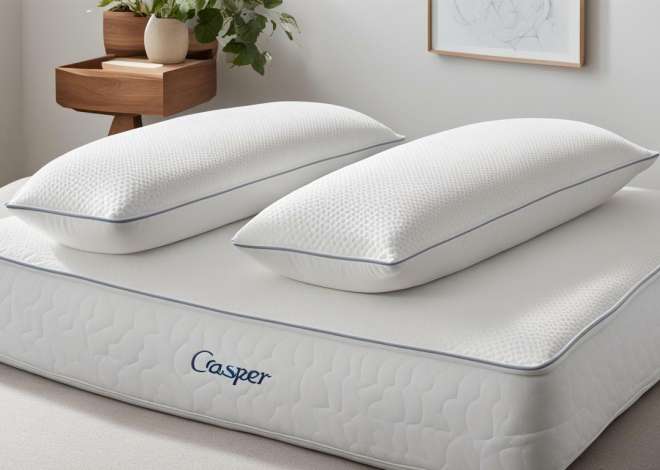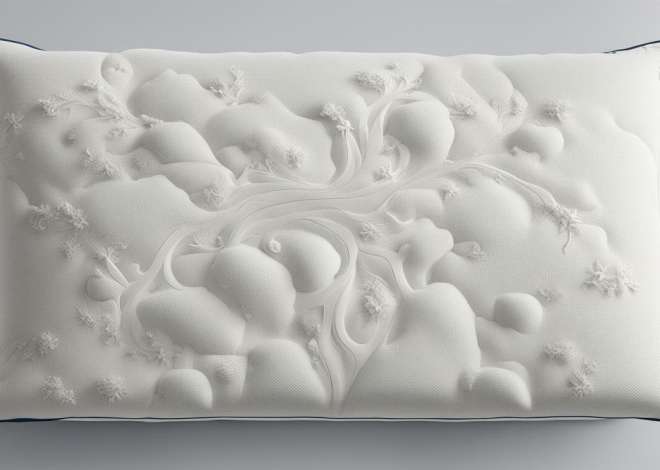
What thread count is best for cotton pillowcases?
Cotton pillowcases are a popular bedding item, known for their softness and breathability. However, when it comes to choosing the right pillowcase for optimal comfort, there are a few key factors to consider, one of which is thread count. In this article, we will discuss the importance of thread count for cotton pillowcases, how to choose the right thread count, as well as debunking a common myth surrounding high thread counts.
Understanding thread count for cotton pillowcases
Thread count refers to the number of threads woven together in one square inch of fabric. The higher the thread count, the more threads are used, resulting in a denser fabric. Many believe that a high thread count indicates superior quality and comfort, but this is not always the case.
It is important to note that thread count is not the only factor that determines the quality of cotton pillowcases. The type of cotton used, the weave of the fabric, and the finishing process can also greatly impact the feel and durability of the pillowcase. For example, a lower thread count pillowcase made from high-quality, long-staple cotton and a sateen weave can feel just as luxurious as a higher thread count pillowcase made from lower quality cotton and a plain weave.
The importance of thread count in pillowcase quality
Thread count plays a role in the quality of the pillowcase, as it affects its softness, durability, and breathability. A lower thread count can result in a coarser feel and may be more prone to pilling, while a higher thread count may not allow enough air circulation, leading to overheating during the night. Therefore, it is important to strike a balance between thread count and fabric quality for the perfect pillowcase.
It is also important to note that thread count alone does not determine the quality of a pillowcase. The type of fabric used, such as cotton or silk, can also greatly impact the overall feel and durability of the pillowcase. Additionally, factors such as weave and finishing techniques can also play a role in the final product. When shopping for pillowcases, it is important to consider all of these factors and not solely rely on thread count as the determining factor.
How to choose the right thread count for your cotton pillowcase
When selecting a thread count for your cotton pillowcase, consider the type of cotton used. Egyptian cotton and Pima cotton are known for their long fibers, resulting in a softer and smoother fabric. Therefore, a lower thread count may still provide a luxurious feel. However, if using a shorter cotton fiber, a higher thread count may be necessary to achieve similar softness.
It’s also important to keep in mind that a higher thread count doesn’t always mean better quality. Some manufacturers may use multiple-ply threads to increase the count, but this can result in a stiffer and less breathable fabric. Additionally, a higher thread count may not be suitable for warmer climates as it can trap heat and cause discomfort during sleep. Consider your personal preferences and needs when choosing the right thread count for your cotton pillowcase.
Thread count vs. fabric quality: finding balance for the perfect pillowcase
While a higher thread count can be an indicator of quality, it is important not to overlook the overall fabric quality. A lower thread count in a high-quality fabric may still be superior to a higher thread count in a lower quality fabric. It is also important to consider personal preferences, as some may prefer a coarser feel while others prefer a silky smooth texture.
Another factor to consider when choosing the perfect pillowcase is the type of fabric. Cotton is a popular choice for its breathability and durability, but there are also other options such as silk, satin, and bamboo. Silk and satin provide a luxurious feel and are great for those with sensitive skin, while bamboo is known for its eco-friendliness and moisture-wicking properties. Ultimately, the choice of fabric will depend on individual needs and preferences.
Debunking the myth of higher thread count equals better pillowcases
Contrary to popular belief, a higher thread count does not automatically equate to better quality pillowcases. Manufacturers may use multi-ply threads, counting each strand as a separate thread, resulting in a higher thread count but not necessarily a softer or better quality pillowcase. Therefore, it is important to look beyond the thread count and consider the type and quality of cotton used.
Additionally, the finishing process of the pillowcases can also greatly affect their quality. Some manufacturers may use harsh chemicals to achieve a smoother finish, which can cause the fabric to break down more quickly over time. It is important to look for pillowcases that have been finished with natural or low-impact processes to ensure their longevity and overall quality.
Factors to consider when selecting a thread count for cotton pillowcases
When selecting a thread count for your cotton pillowcases, consider the climate in which you live. If you live in a warmer climate, a lower thread count may be more comfortable as it allows for more airflow. Conversely, a higher thread count may be more suitable for colder climates as it provides greater warmth and insulation.
Another factor to consider when selecting a thread count for your cotton pillowcases is the durability and longevity of the fabric. A higher thread count typically means a tighter weave, which can result in a stronger and more durable fabric. However, a higher thread count may also mean that the fabric is more prone to pilling or snagging. It’s important to find a balance between thread count and fabric quality to ensure that your pillowcases last for a long time.
The impact of thread count on comfort and durability of cotton pillowcases
Thread count can affect the comfort and durability of cotton pillowcases. A higher thread count may provide a softer feel, but it can also be more prone to pilling, tearing, and unravelling. It is essential to balance thread count and fabric quality to ensure optimal comfort and longevity.
Additionally, the type of cotton used in the pillowcase can also impact its comfort and durability. Egyptian cotton, for example, is known for its long fibers, which can result in a smoother and more durable fabric. However, it can also come at a higher cost. On the other hand, cotton blends may offer a more affordable option but may not provide the same level of comfort and durability as pure cotton or Egyptian cotton.
How to care for your high-thread-count cotton pillowcases
When caring for high-thread-count cotton pillowcases, avoid harsh detergents and fabric softeners as they can damage the fibers and reduce the fabric’s breathability. Wash in cold water and hang to dry or tumble-dry on low heat. Avoid over-drying as it can cause shrinkage and damage to the fibers.
Expert advice on choosing the perfect thread count for your cotton pillowcases
Ultimately, the choice of thread count for your cotton pillowcases comes down to personal preference and the quality of the cotton used. Experts recommend a thread count between 300 and 500, as it strikes a good balance between softness, breathability, and durability. However, it is important to consider other factors such as fabric quality and climate when selecting the perfect thread count for your cotton pillowcases.
Overall, thread count is one of several factors to consider when selecting a cotton pillowcase, and it should not be the sole determining factor. A balance between thread count and fabric quality is essential for optimal comfort and longevity.


